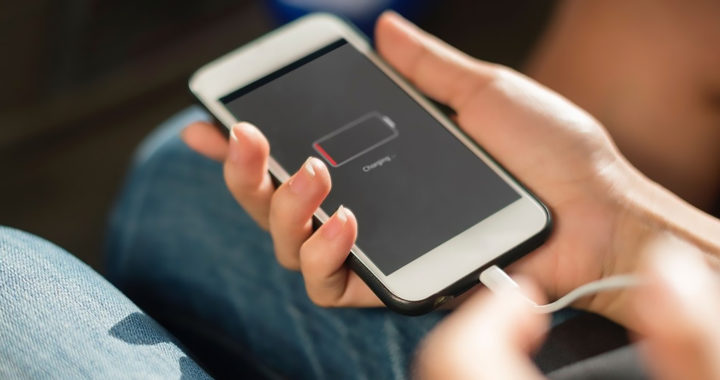Not all batteries swell or expand in size. Batteries swelling is common in lithium-ion batteries and its different variations such as lithium-polymer. It is indicative of poor battery health that should warrant attention and replacement as soon as possible because of the hazards involved. Why exactly do batteries swell and how to avoid them?
The Reasons Batteries Swell: Major Causes of Battery Swelling
Lithium-ion batteries swell when there is a buildup of gas inside due to a chemical reaction within their internal components. The material casing expands due to the internal pressure as the gas buildup tries to escape from the inside of the battery.
The general cause of this gas buildup is excess and uncontrolled current that disrupts the chemical reaction inside an involved battery. The more specific causes of this excess current that result in gas buildup include extreme temperature, internal damages, issues with improper charging and handling, and natural aging.
Below are the common causes of battery swelling:
1. Internal Overheating: Excessive heat inside the battery due to internal defects or excessive currents, as well as due to excessive heat from nearby hardware components such as the main processor or the display screen can result in battery degradation and further internal damages.
Note that internal overheating can also result from exposure to external heat such as placing a device under direct sunlight or inside a hot and humid room. A device or a battery should be used and stored at a temperature prescribed by its manufacturer. The optimal ambient temperature is between 10 to 30 degrees Celsius.
2. Factory Defects: Low-quality and inexpensive batteries from unknown manufacturers pervade the market. Anecdotal reports have noted that most of these products are prone to swelling. This might be due to poor quality testing, faulty manufacturing processes, or substandard and outdated production techniques.
Inherent defects from these questionable batteries make them more susceptible to swelling than batteries from reputable manufacturers or suppliers. It is important to avoid purchasing and using these products as much as possible.
3. Unsuitable Charging: Several charging practices can also cause batteries to swell. Overcharging is an example. Some devices and batteries do not have a mechanism to prevent overcharging. Another example is the use of substandard power bricks or charging cables that can damage a particular battery.
So-called deep discharging can also lead to battery swelling. Note that rechargeable batteries such as lithium-ion batteries have a limited charge-discharge cycle. The lifespan and quality of a battery degrade whenever it gets discharged or go through a single cycle. Deep discharging degrades further its chemical composition.
4. Improper Handling: Certain habits or practices can damage a particular consumer electronic device, including its internal parts and components such as its battery. A prime example involving battery swelling is exposure to moisture. Water can cause short circuits and irregular current flow.
Trauma from dropping a device from a considerable height or deformations due to mishandling can also damage a particular battery or other relevant hardware components that can result in irregular current flow across the device.






